In Photos: India Launches the RISAT-2B Earth-Imaging Satellite
India's newest "eye in the sky" will boost the nation's surveillance capabilities.
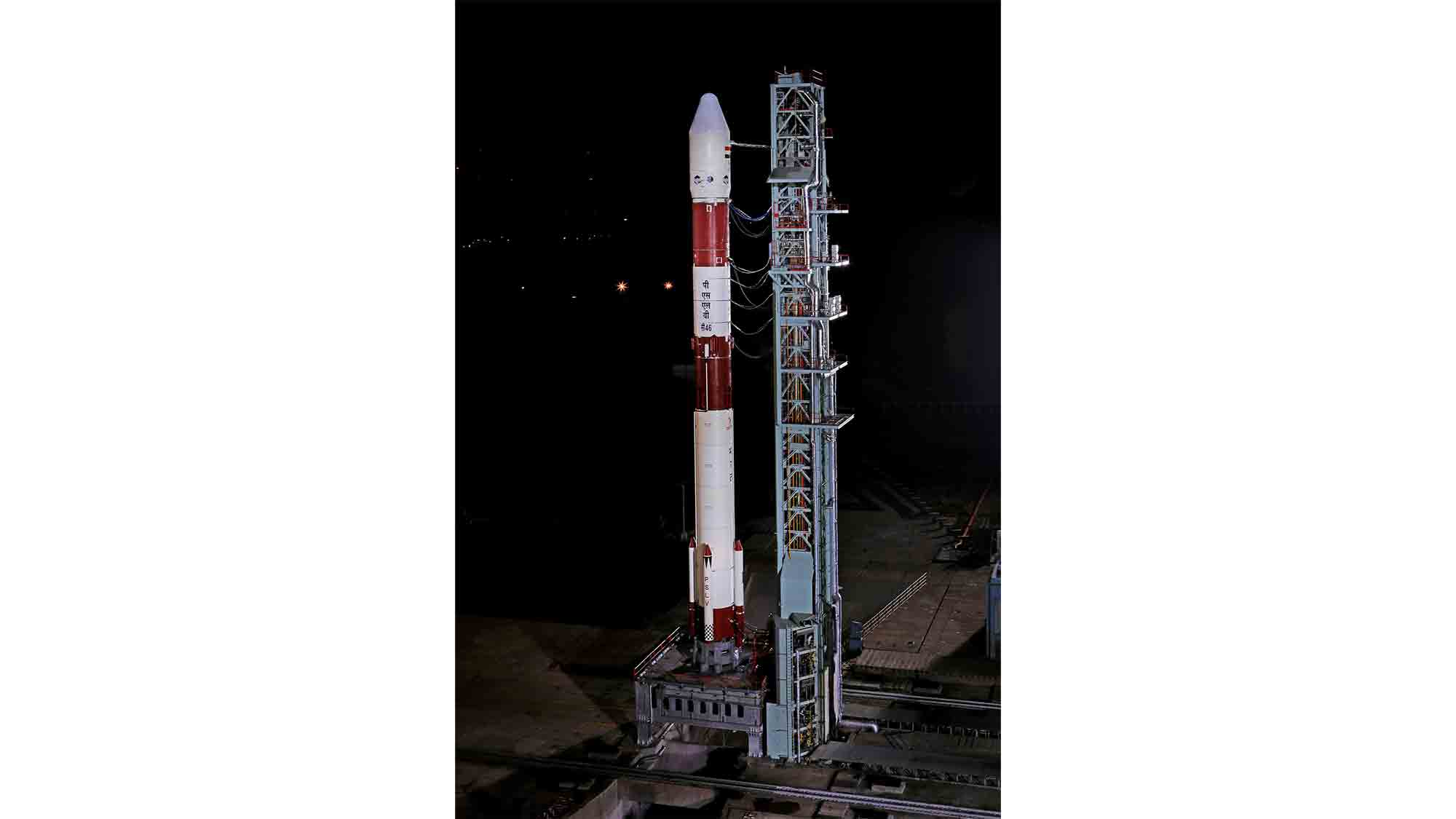
The Indian Space Research Organization (ISRO) has successfully launched its new Earth observation satellite RISAT-2B into orbit. It lifted off on a Polar Satellite Launch Vehicle designated PSLV-C46 from the Satish Dhawan Space Centre in Sriharikota, India, on May 21, 2019 at 8 p.m. EDT (0000 GMT, or 5:30 a.m. local time on May 22).
RISAT-2B will use an X-band synthetic aperture radar to map the Earth day and night, rain or shine. The images will be used for agriculture, forestry, disaster relief efforts and military surveillance.
Read the full story: India Successfully Launches RISAT-2B Earth-Observation Satellite
Click through this gallery to see photos of the launch and behind-the-scenes work at ISRO's rocket-building facilities.
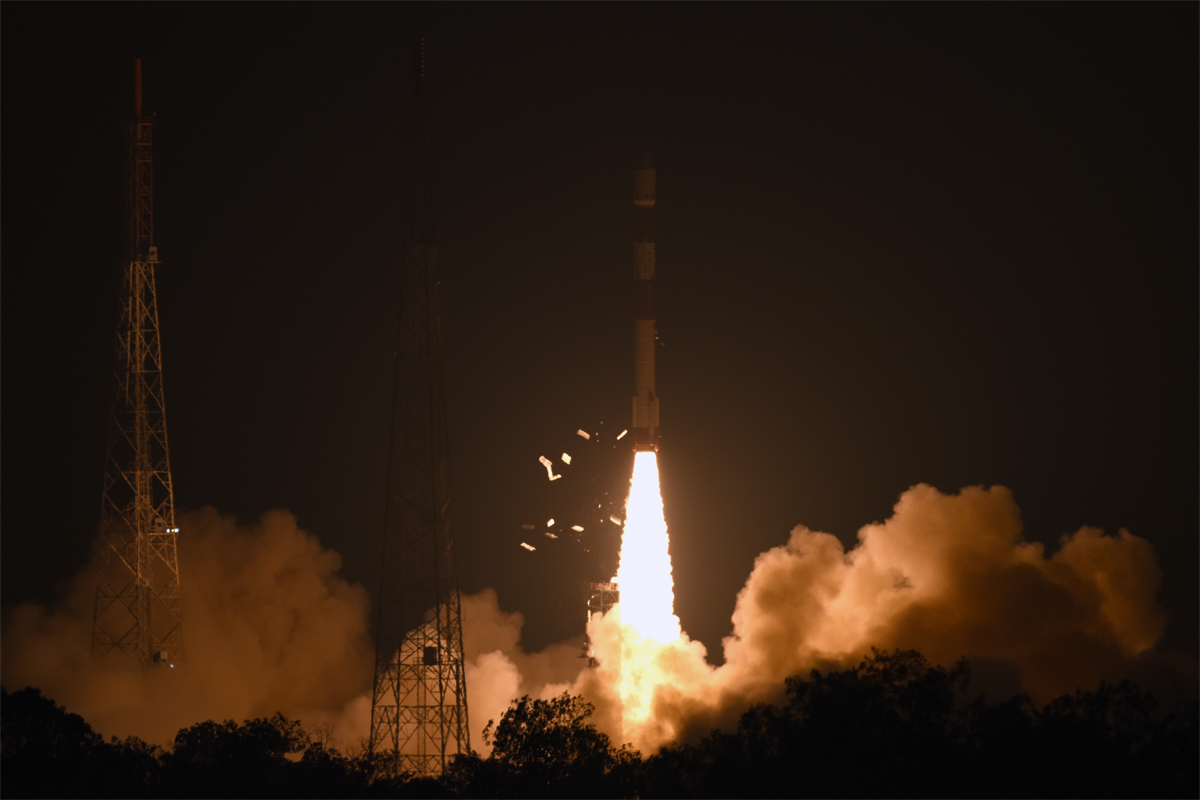
An Indian Polar Satellite Launch Vehicle launches into orbit carrying the Risat-2B Earth observation satellite for the Indian Space Research Organisation on May 21, 2019 from the Satish Dhawan Space Centre in Sriharikota, India.
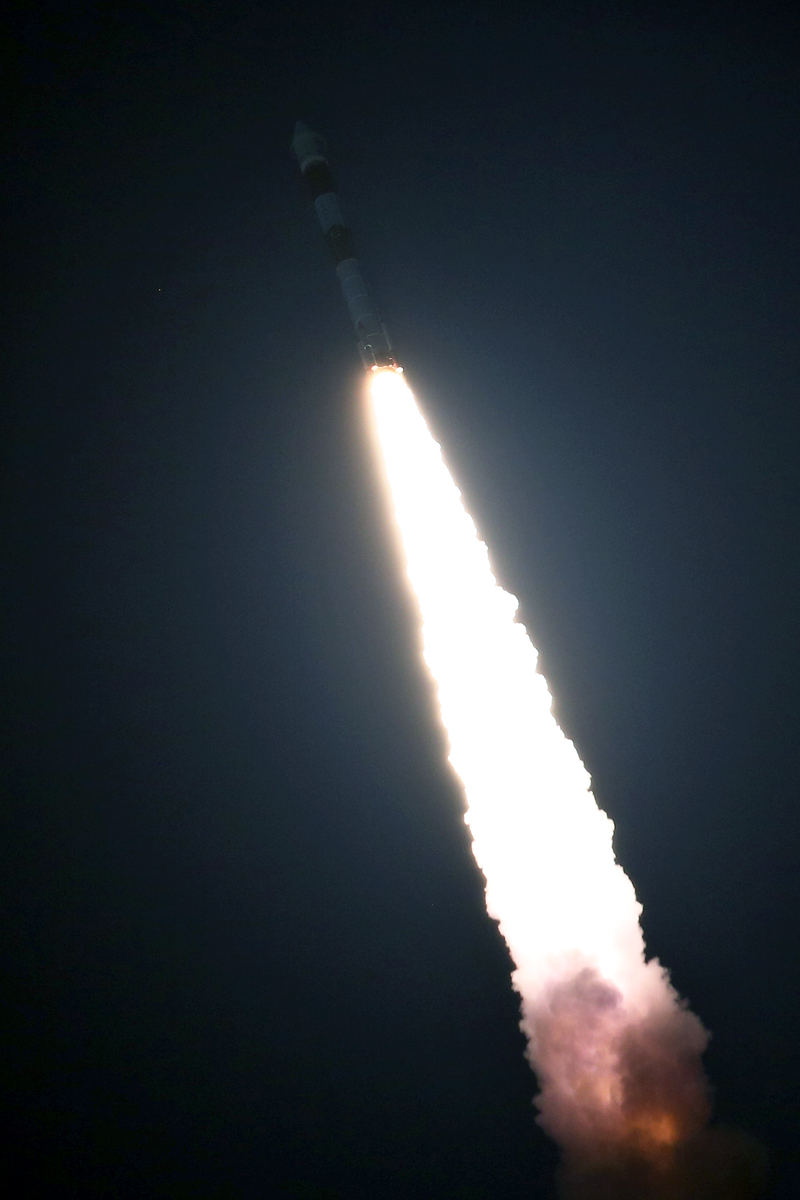
The PSLV rocket streaks toward space in this view of the successful Risat-2B launch.
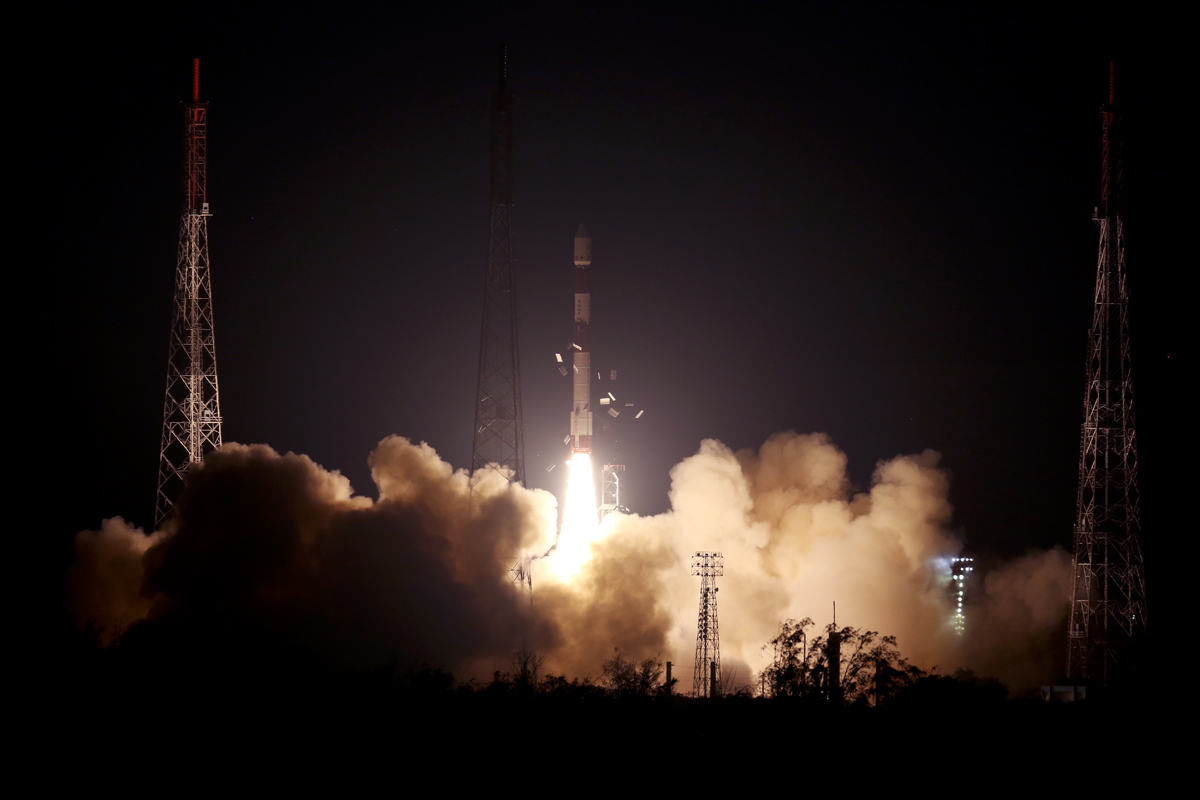
The Risat-2B Earth observation satellite launched from the Indian Space Research Organisation's Satish Dhawan Space Centre in Sriharikota, India.
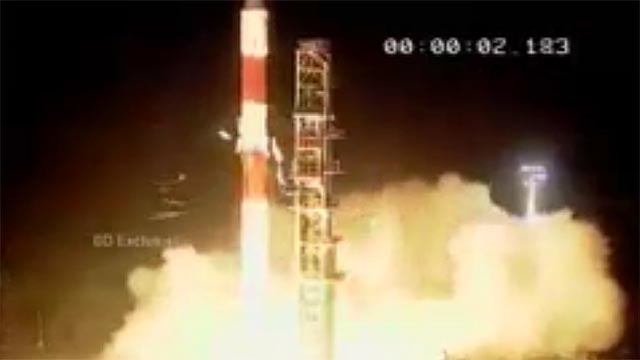
India's Polar Satellite Launch Vehicle (PSLV-C46) launches the RISAT-2B satellite into orbit from the Satish Dhawan Space Centre in Sriharikota, India.

India's RISAT-2B satellite is pictured above the Earth a few seconds after separating from the fourth stage of the PSLV-C46 rocket in this screenshot from ISRO's launch webcast.
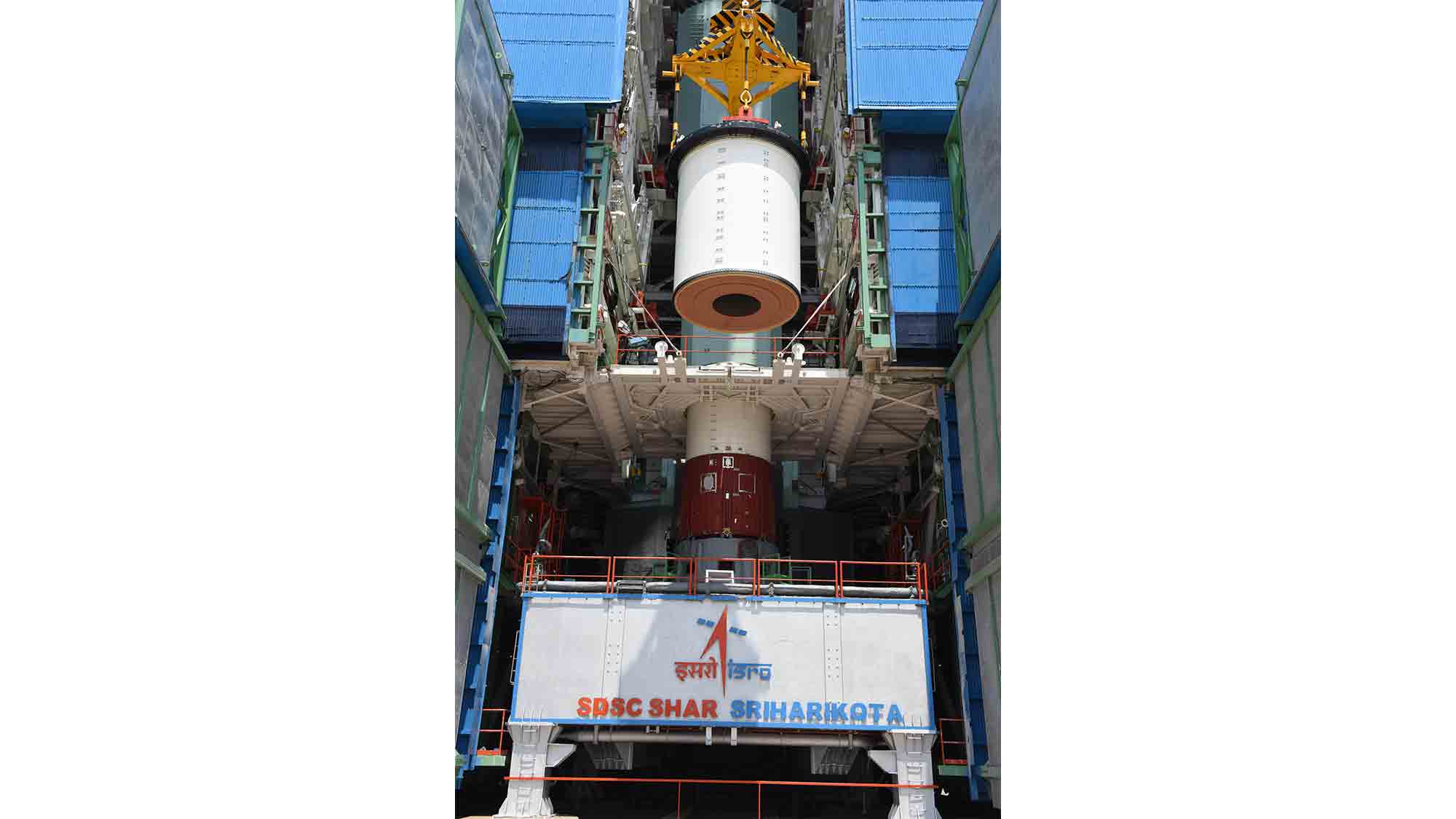
Two joined segments of the PSLV-C46 core stage are pictured at the mobile service tower at the Satish Dhawan Space Center in Sriharikota, India.
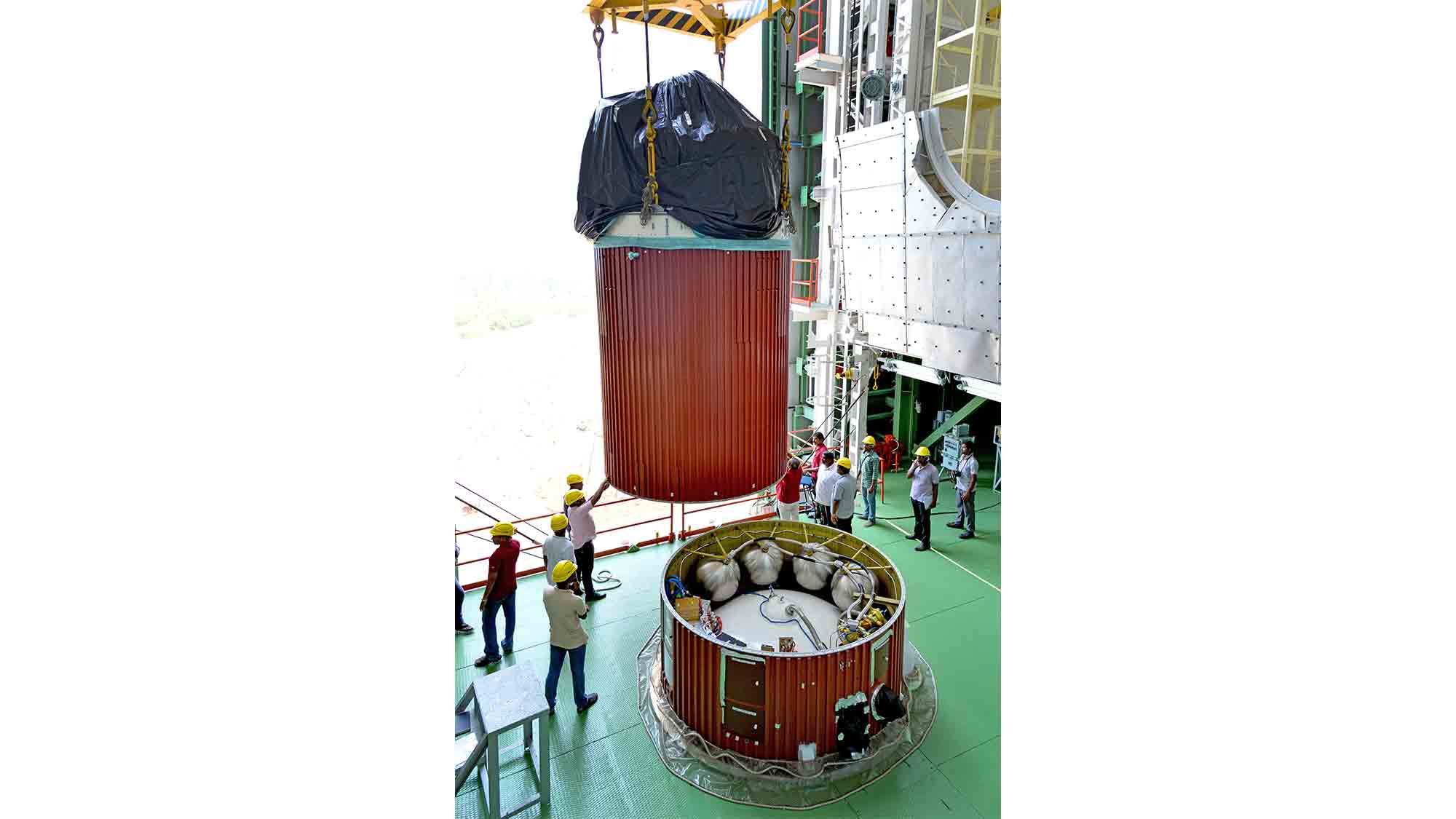
The third and fourth stages of the PSLV-C46 rocket are integrated at ISRO's Vehicle Assembly Building in Sriharikota, India.
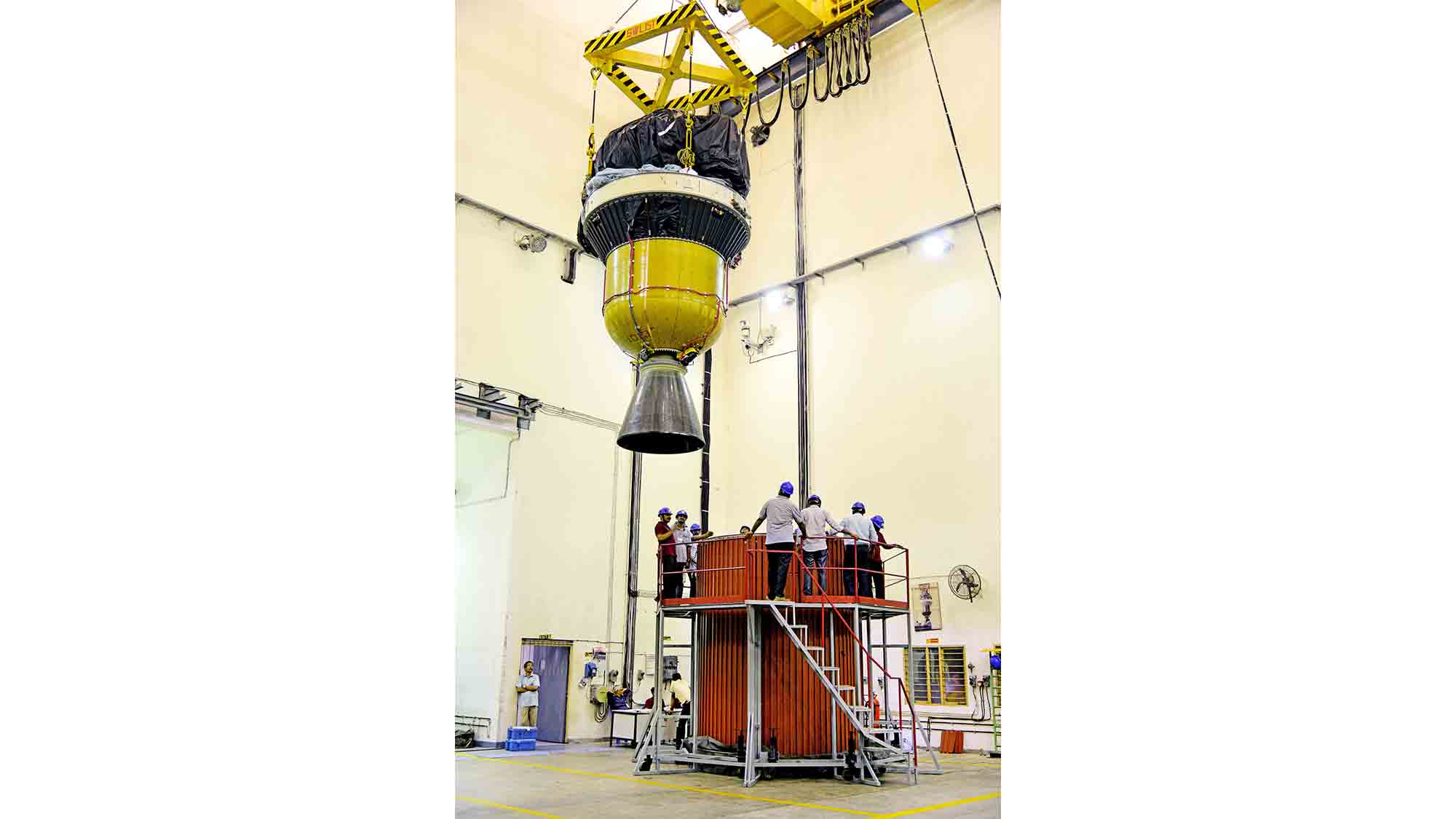
Engineers work on the PSLV-C46 rocket's third and fourth stages at ISRO's Stage Preparation Facility.
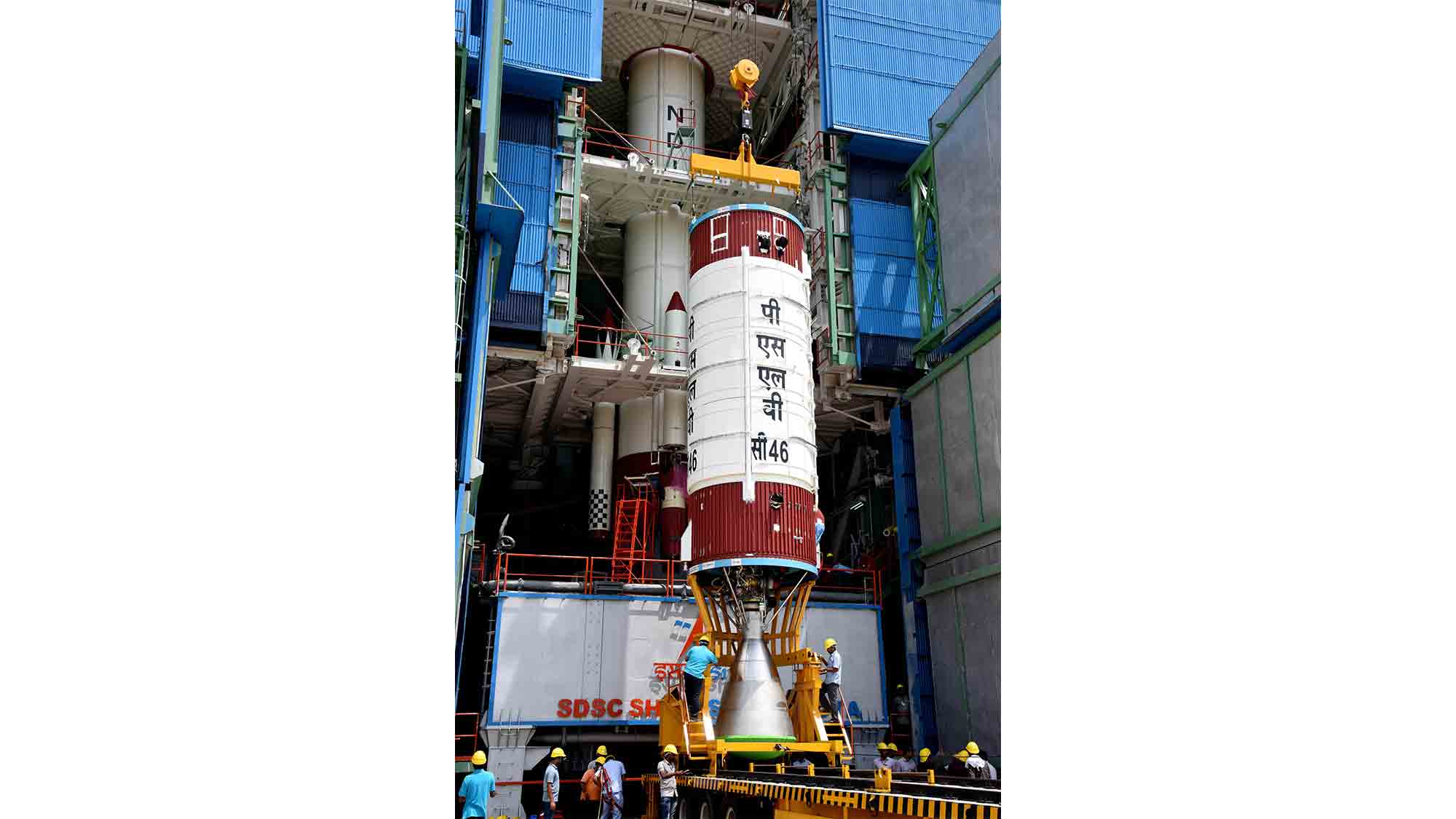
The PSLV-C46 second stage is hoisted up before integration with the rocket's first stage.
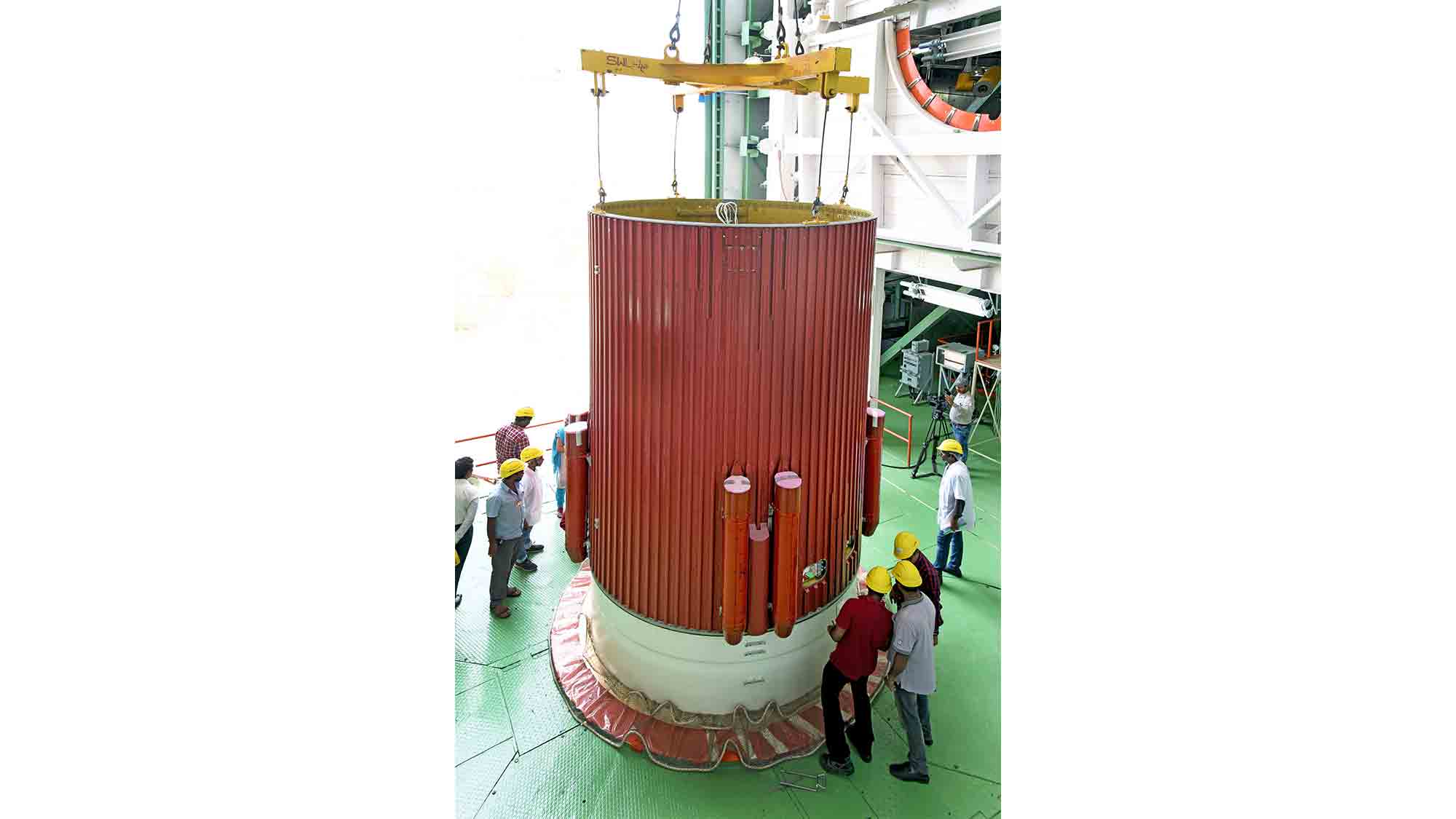
ISRO engineers stand by as an interstage component of the PSLV-C46 rocket gets a lift during the rocket integration process.
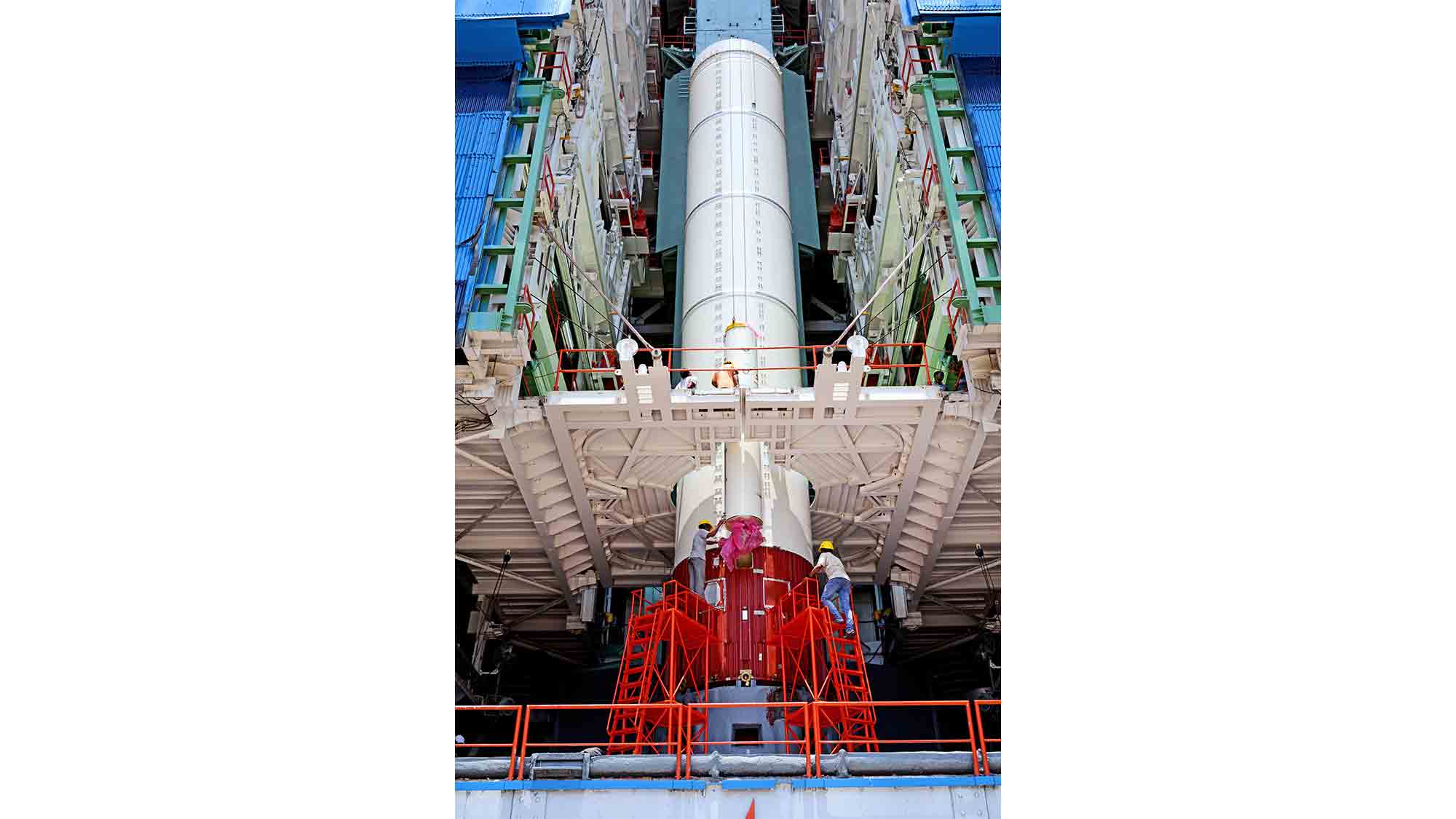
ISRO engineers install the Secondary Injection Thrust Vector Control system (SITVC) on the rocket's first stage. This component controls the rocket's pitch and yaw during the beginning of the flight.
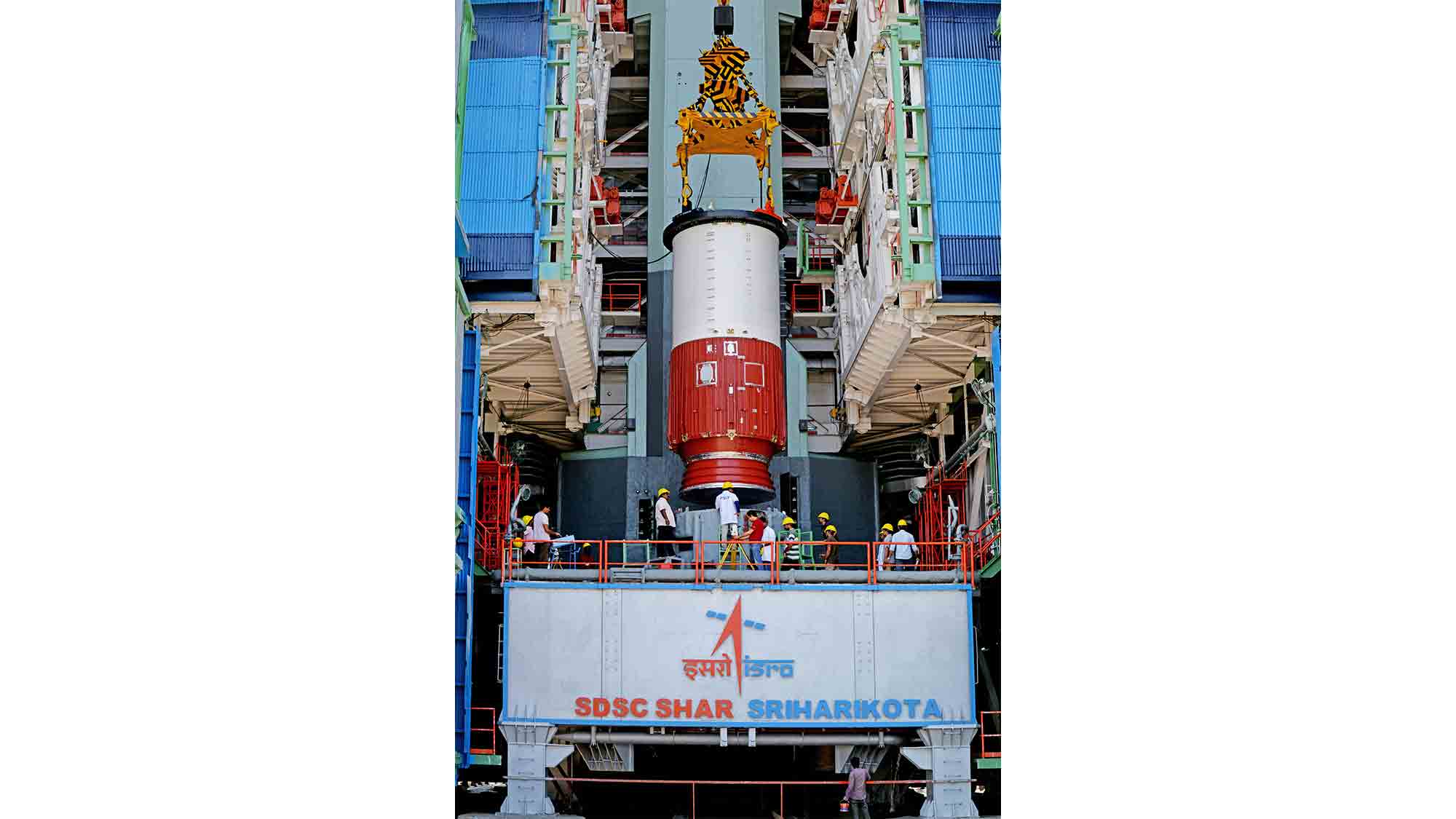
The nozzle end segment of the PSLV-C46 rocket is lifted over the launch pedestal at the Satish Dhawan Space Center in Sriharikota, India.

Hanneke Weitering is a multimedia journalist in the Pacific Northwest reporting on the future of aviation at FutureFlight.aero and Aviation International News and was previously the Editor for Spaceflight and Astronomy news here at Space.com. As an editor with over 10 years of experience in science journalism she has previously written for Scholastic Classroom Magazines, MedPage Today and The Joint Institute for Computational Sciences at Oak Ridge National Laboratory. After studying physics at the University of Tennessee in her hometown of Knoxville, she earned her graduate degree in Science, Health and Environmental Reporting (SHERP) from New York University. Hanneke joined the Space.com team in 2016 as a staff writer and producer, covering topics including spaceflight and astronomy. She currently lives in Seattle, home of the Space Needle, with her cat and two snakes. In her spare time, Hanneke enjoys exploring the Rocky Mountains, basking in nature and looking for dark skies to gaze at the cosmos.









